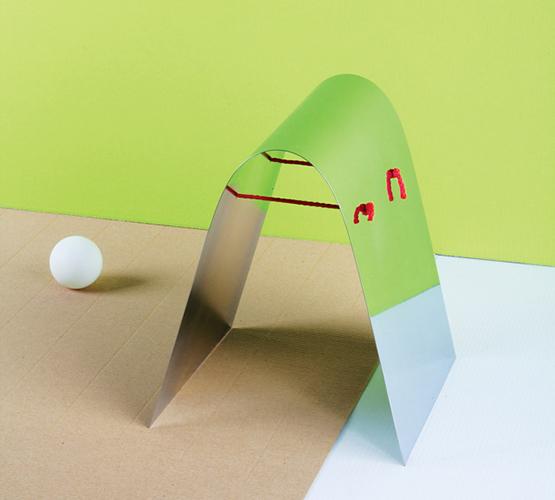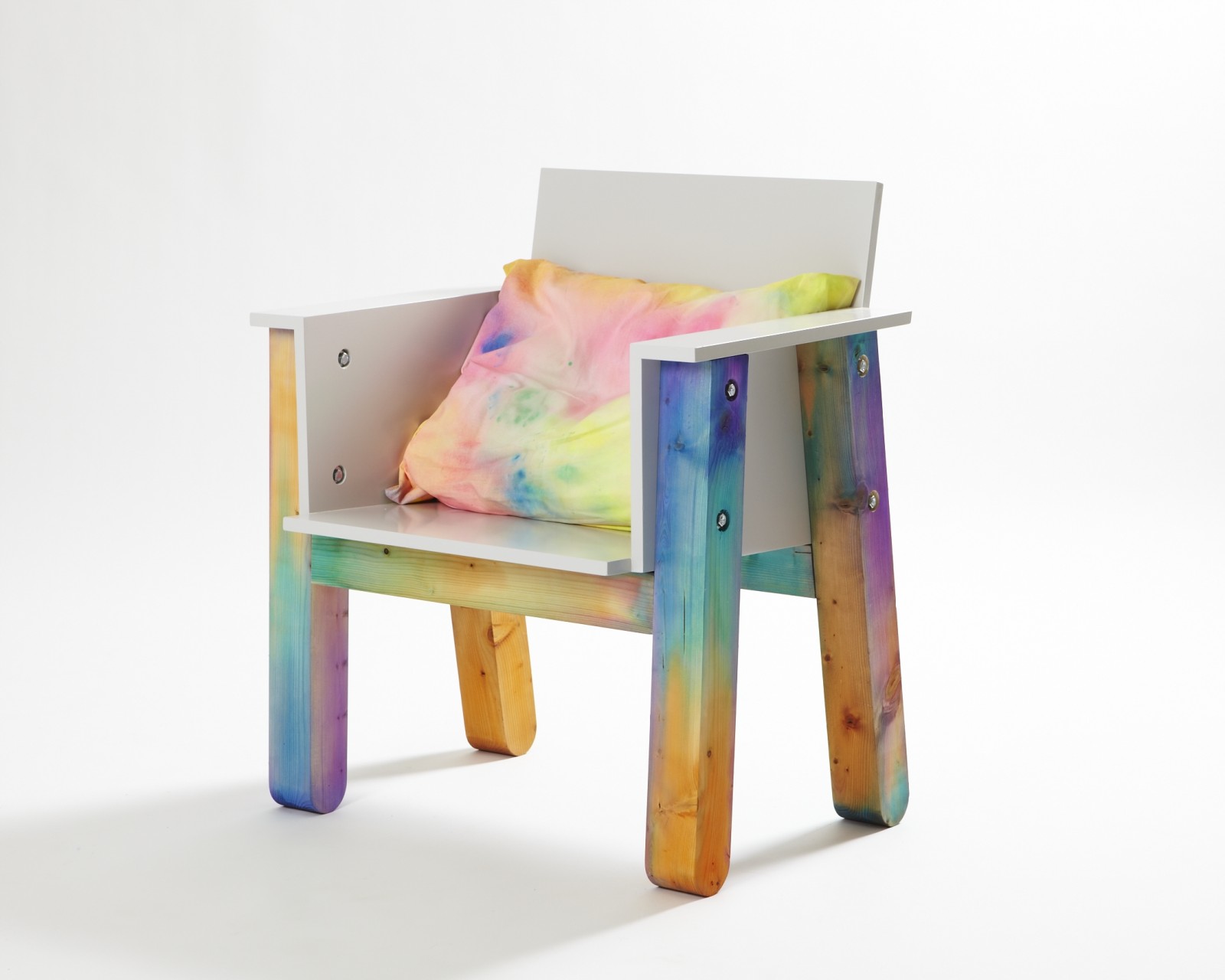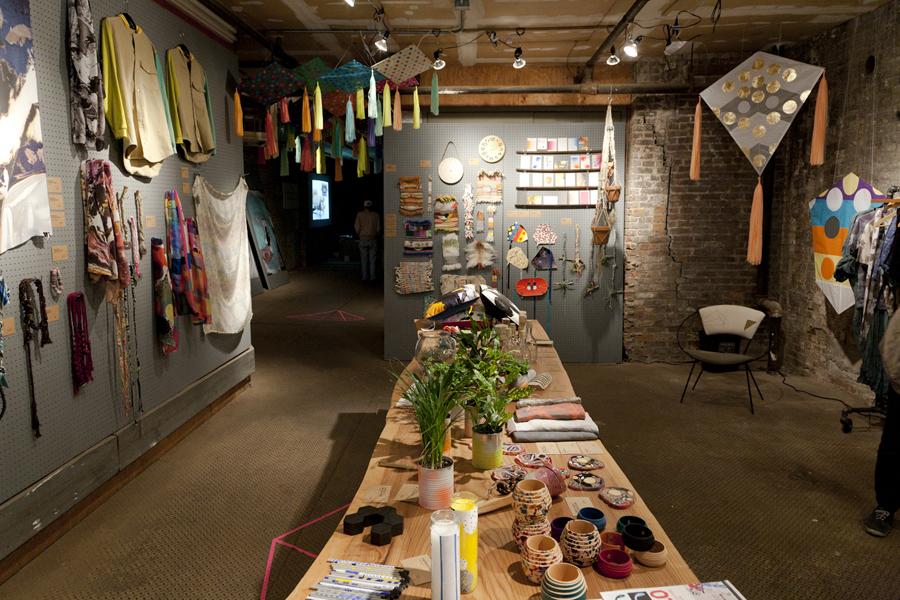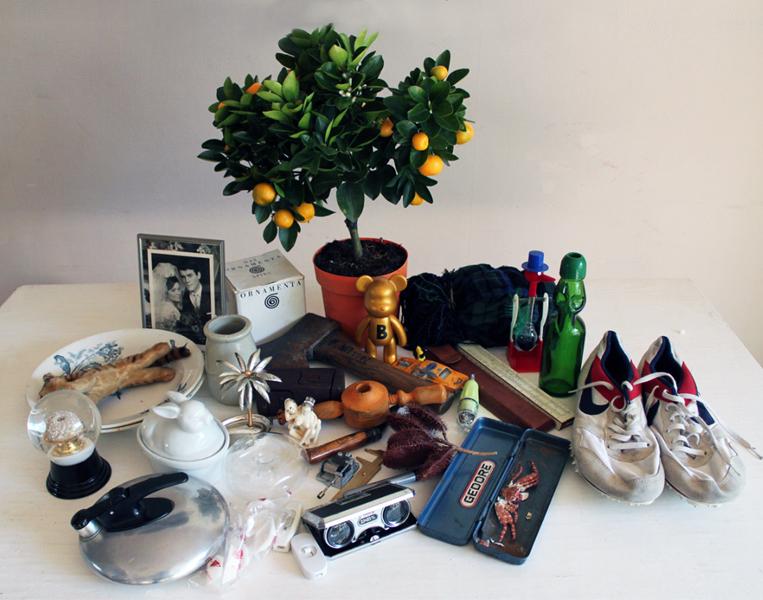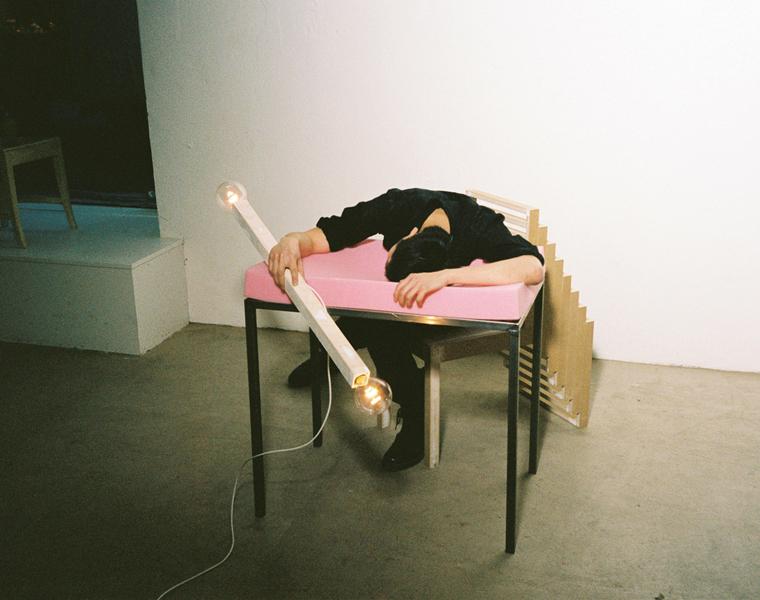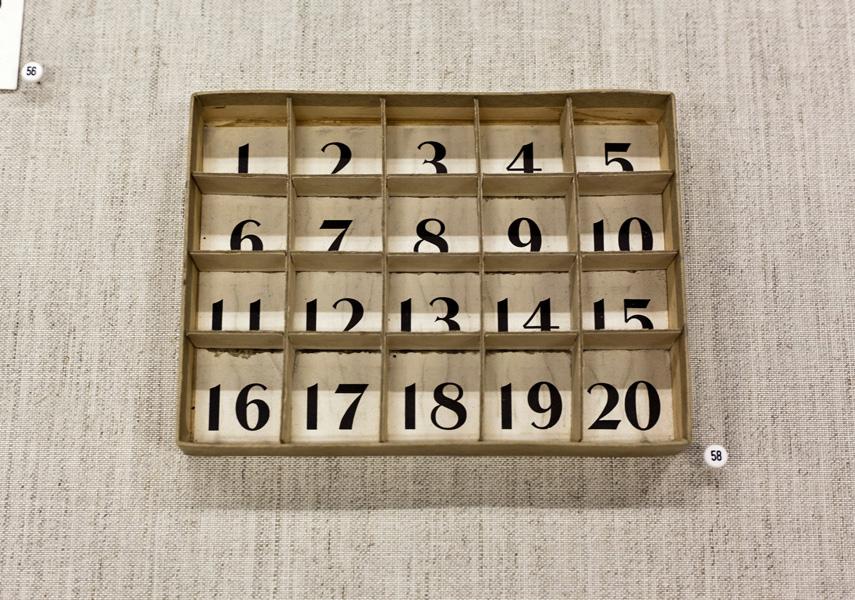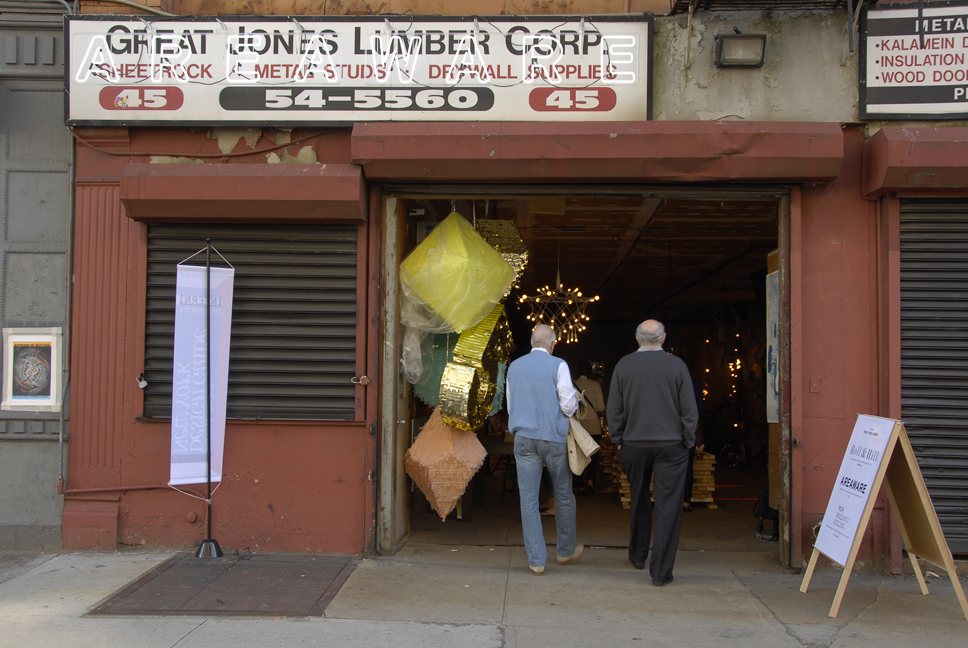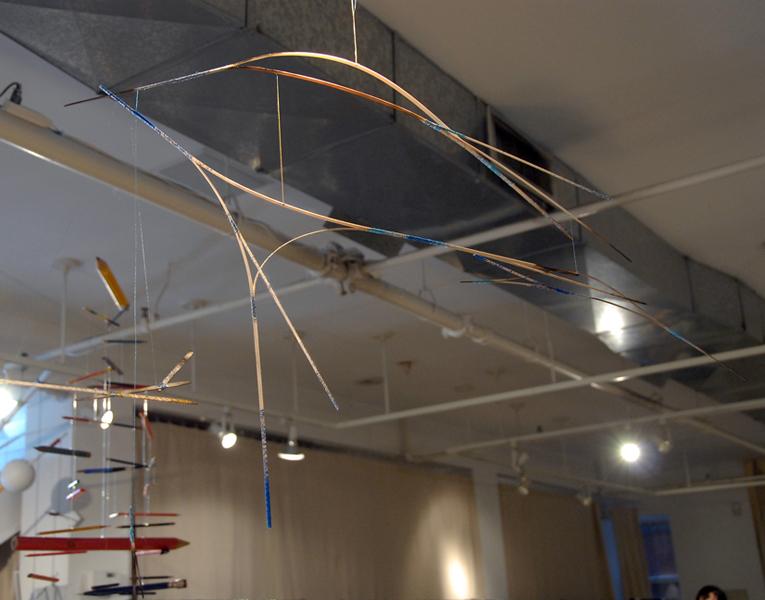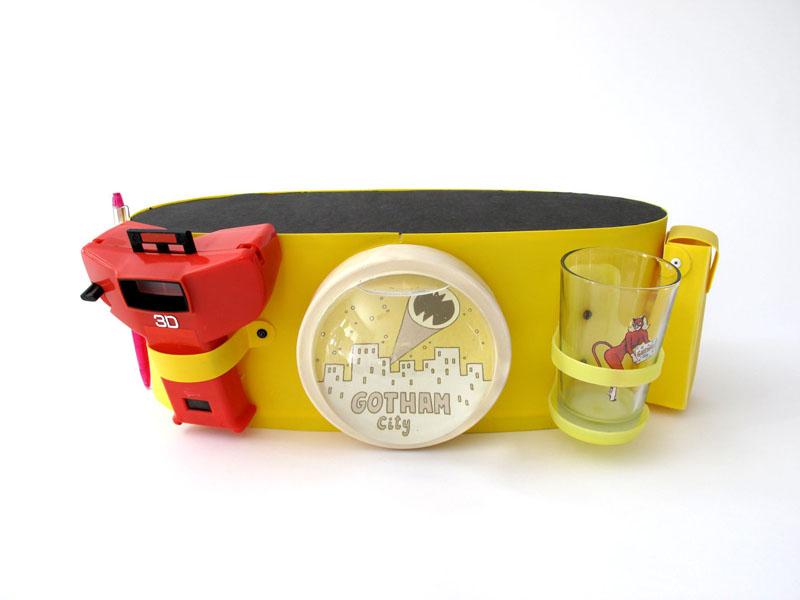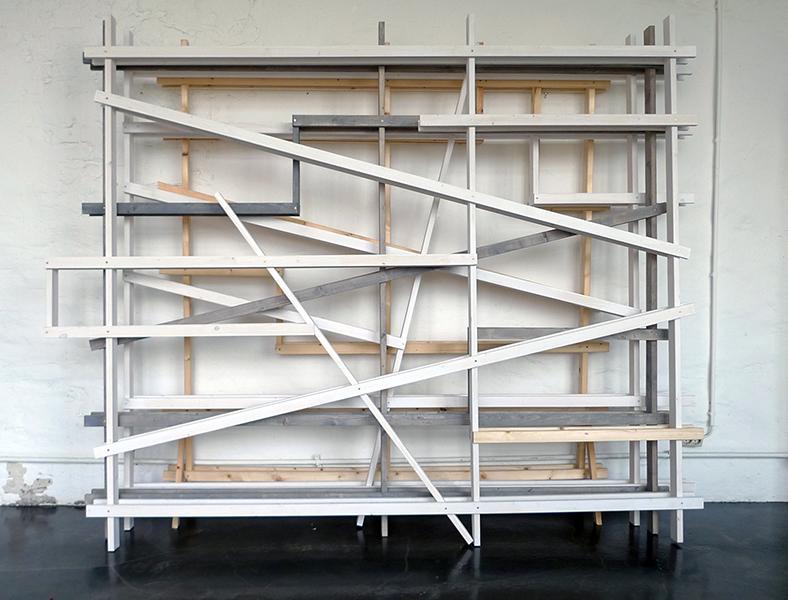
11.05.12
Excerpt: Exhibition
Reflections on Form at Helmrinderknecht
Last week, while we were muddling through a natural disaster that sent one of us to live in a hotel for two weeks (destroying a four-year archive of I.D. magazines in the process) and the other one out to Queens to try to help other storm victims who are still in the dark, we found a small and welcome ray of sunshine in our inboxes. The "Reflections on Form" exhibition that opened at Europe's roving Helmrinderknecht gallery on Friday is a kind of coincidental corollary to the Moss auction at Phillips we featured two weeks ago: Both exhibits make simple, formal comparisons between great works of design and great works of art, with the only difference we can see being Helmrinderknecht's skew towards younger, newer talents.
